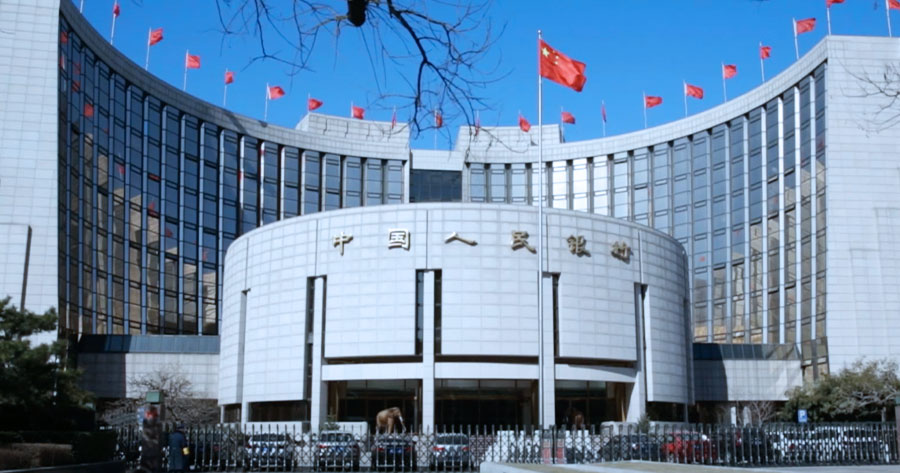The conservative cut of reserve ratio banks must hold reflects underlying conners by the Chinese central bank over inflation and U.S. monetary tightening. This further makes cut in interest rate less likely, accordion to a Reuters report.
The People’s Bank of China (PBOC) on Friday announced a 25-basis-point cut to banks’ reserve requirement ratio (RRR) from April 25, releasing about 530 billion yuan ($83.16 billion) in long-term liquidity. The central bank said the move would help banks support industries and firms affected by surging COVID-19 cases.
The cut in RRR was smaller than usual 50 or 100 bps cut and the move followed after the central bank left its medium-term lending facility rate unchanged while rolling over maturing loans on Friday.
According to Goldman Sachs, the move “appeared to be the key considerations behind this more conservative move.” The bank noted the PBOC is concerned about spillover effects as other countries raised interest rates.
Goldman Sachs also noted, the PBOC seemed to be concerned that cutting interest rates would not have much effect on an economy in which credit demand was weak and the outlook for inflation uncertain.
The bank expects a cut on loan prime rate which is the benchmark for corporate and household lending was unlikely.
However, Citi said a small 5 bps cut to the 1-year loan prime rate on April 20 remained possible, but that policymakers would prioritise credit expansion over interest rate reductions.



